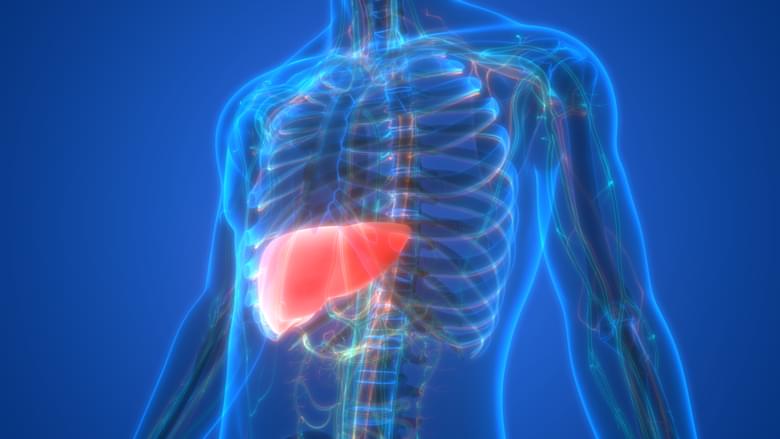In this edition of Inverse Daily, read stories about how far the James Webb Space Telescope has gone, why Axiom Space is building the station of the future, and more.
Category: futurism – Page 662


LEGO DeLorean is a stunning replica of the classic with glowing lights and opening gullwing doors!
Designed and built by LEGO creator Mr. Platinum using 2,800 LEGO Technic pieces, this absolutely delightful mini replica of the DMC DeLorean from Back To The Future comes complete with a detailed exterior as well as interior, functioning doors, glowing lights, and a Bluetooth controller that lets you remotely drive the little car around!
The video above is a mashup of scenes from the original Back To The Future movie showing the DeLorean’s reveal, combined with video snippets of Mr. Platinum’s highly detailed build. The LEGO DeLorean is a stunning MOC (My Own Creation) that boasts of functioning headlights and taillights, glowing pipes around the car’s periphery as well as on the inside, motorized doors that open on command to reveal the detailed interiors, and for good measure, repositionable tires that become horizontal to resemble the car flying through space and time. If there ever was a near-perfect LEGO DeLorean build, this 2800-brick masterpiece is clearly it.
Designer: Mr. Platinum

This 90-million-year-old crab had the eyes of a hunter
The chimaera crab’s fossilized eyes were huge and sharp, and it could swim after prey in warm Cretaceous oceans. But its features matched closely to modern-day baby crabs.
CycleBoard Rover review: A strange yet exciting mashup of an electric scooter and a skateboard
The CycleBoard Rover is unlike anything I’ve tested before. It looks like a scooter and handles more like a skateboard. It’s a wild ride that is hard to describe, but that’s what I’m here to try and do.
Having tested plenty of electric scooters and e-skateboards before, I thought I could just hop on the CycleBoard Rover and blast away.
But I was woefully underestimating the learning curve here.


Firefox browser goes down due to ‘infinite loop’ technical issue
The Firefox browser has stopped working due to a technical issue, with sites failing to load and no status information being provided to users.
The issue appears to be due to a HTTP3 problem. It appears that a recent update to the browser triggers an infinite loop in the network thread that prevents any pages from loading, leaving the browser useless.
However, this is an issue that can be temporarily overcome.

Lazzarini Design’s gargantuan helium-powered airship glides on water too
Italian design outfit Lazzarini Design Studio is known for its larger-than-life concepts that give us a deep dive of transportation in the future. Their new concept design breaks all the confined barriers of propulsion on water and in the air, taking things to the next level with the Air Yacht.
This compressed helium-powered flying yacht (yes, an airborne yacht!) is targeted towards private owners who will stop at nothing, and push the envelope of adventure – laden in luxury and style. The mega yacht (or should I say a big catamaran) measuring 492 feet will be a revolution in the aviation industry with its twin airships filled with helium. These gigantic airships will be connected via a central carbon deck measuring 33 feet wide consisting of a master cabin, living area, and a large dining section. The outer edges of the airship have five en suite staterooms each, so taking along best buddies for the adventure of their lifetime is certain.

New findings may contribute to better diagnosis and treatment of liver cancer
In a new study, researchers at Karolinska Institutet have identified the presence of a specific connection between a protein and an lncRNA molecule in liver cancer. By increasing the presence of the lncRNA molecule, the fat depots of the tumor cell decrease, which causes the division of tumor cells to cease, and they eventually die. The study, published in the journal Gut, contributes to increased knowledge that can add to a better diagnosis and future cancer treatments.